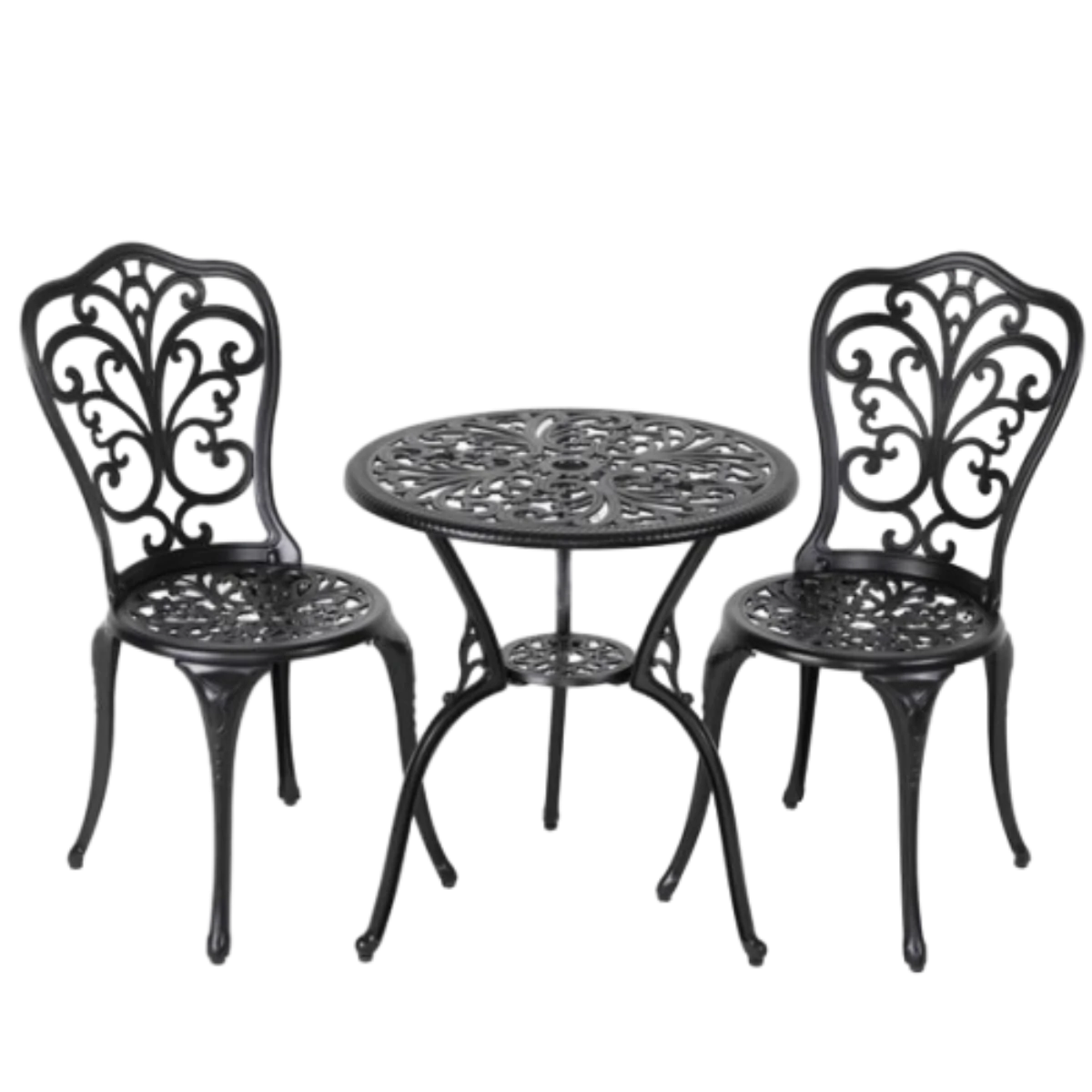Exploring the Different Types of Iron Casting Patterns and Their Applications in Manufacturing Processes
Understanding Iron Casting Patterns
Iron casting is a fundamental process in manufacturing industries, where molten iron is poured into a mold to create various parts for machines, tools, and structural components. A critical aspect of this process is the use of casting patterns—tools that serve as templates in which to mold the iron. This article explores the importance, types, and considerations of patterns in iron casting, highlighting their roles in achieving desired shapes, dimensions, and finishes.
What Are Casting Patterns?
Casting patterns are replicas of the objects that will be produced through the casting process. They are typically made from materials such as wood, metal, plastic, or even wax and can vary in complexity from simple shapes to intricate designs. The primary function of a pattern is to create a cavity in the molding material, allowing molten iron to flow into it, ultimately solidifying into the desired shape.
Types of Casting Patterns
There are several types of casting patterns, each suited to specific applications
1. Sand Patterns The most common type, sand patterns are used in sand casting processes. They can be designed to be either one-piece or multi-piece, depending on the complexity of the final product.
2. Shell Patterns These are made by coating a pattern with a thin layer of a refractory material, which hardens to form a shell. Shell patterns are ideal for intricate designs and can produce high-precision castings.
3. Permanent Patterns Made from materials like metal, these patterns can be used repeatedly, making them suitable for high-volume production. They are durable and can withstand the rigors of repeated use.
iron casting patterns

4. Core Patterns Used to form internal cavities within a casting, core patterns are essential for components that require hollow sections, such as pipes or engine blocks.
5. Investment Patterns Often made from wax, investment patterns are used in investment casting processes. The pattern is melted away in the final stages, leaving a detailed cavity for the molten iron.
Importance of Patterns in Casting
The quality and accuracy of the final cast product heavily depend on the design and material selection of the casting patterns. An accurately made pattern ensures that the shape, dimensions, and surface finish of the casting meet specifications. Inaccuracies in the pattern can lead to defects such as shrinkage, warping, or misalignment.
Moreover, the pattern's design must incorporate allowances for factors such as shrinkage, which occurs as metal cools and solidifies. Designers must also account for draft angles, which facilitate the easy removal of the pattern from the mold, and mold expansion, which ensures the cast can be produced without hindrance.
Choosing the Right Pattern
When selecting a casting pattern, several factors must be considered - Material The choice of material for the pattern impacts durability, cost, and final casting quality. For instance, metal patterns may be more durable but also more expensive compared to wooden ones. - Complexity of Design Simple designs may only need basic patterns, while complex shapes require more sophisticated patterns that can accurately map out intricate features. - Production Volume For low-volume productions, inexpensive materials like wood may suffice, whereas high-volume needs often necessitate the investment in permanent or metal patterns.
Conclusion
Iron casting patterns play a vital role in ensuring the successful production of cast components. Understanding the different types, their applications, and the importance of careful design and material selection can significantly enhance the quality of the casting process. As technology advances, the evolution of casting patterns continues, leading to innovations that improve efficiency, accuracy, and sustainability in the iron casting industry. The future of casting lies not only in the quality of the patterns used but also in how well they adapt to the growing demands of modern manufacturing.
-
Wrought Iron Components: Timeless Elegance and Structural StrengthNewsJul.28,2025
-
Window Hardware Essentials: Rollers, Handles, and Locking SolutionsNewsJul.28,2025
-
Small Agricultural Processing Machines: Corn Threshers, Cassava Chippers, Grain Peelers & Chaff CuttersNewsJul.28,2025
-
Sliding Rollers: Smooth, Silent, and Built to LastNewsJul.28,2025
-
Cast Iron Stoves: Timeless Heating with Modern EfficiencyNewsJul.28,2025
-
Cast Iron Pipe and Fitting: Durable, Fire-Resistant Solutions for Plumbing and DrainageNewsJul.28,2025
-
 Wrought Iron Components: Timeless Elegance and Structural StrengthJul-28-2025Wrought Iron Components: Timeless Elegance and Structural Strength
Wrought Iron Components: Timeless Elegance and Structural StrengthJul-28-2025Wrought Iron Components: Timeless Elegance and Structural Strength -
 Window Hardware Essentials: Rollers, Handles, and Locking SolutionsJul-28-2025Window Hardware Essentials: Rollers, Handles, and Locking Solutions
Window Hardware Essentials: Rollers, Handles, and Locking SolutionsJul-28-2025Window Hardware Essentials: Rollers, Handles, and Locking Solutions -
 Small Agricultural Processing Machines: Corn Threshers, Cassava Chippers, Grain Peelers & Chaff CuttersJul-28-2025Small Agricultural Processing Machines: Corn Threshers, Cassava Chippers, Grain Peelers & Chaff Cutters
Small Agricultural Processing Machines: Corn Threshers, Cassava Chippers, Grain Peelers & Chaff CuttersJul-28-2025Small Agricultural Processing Machines: Corn Threshers, Cassava Chippers, Grain Peelers & Chaff Cutters












